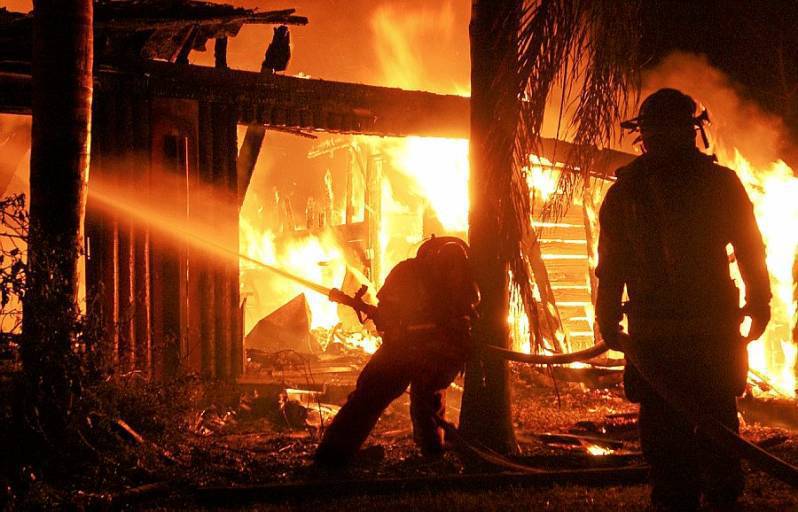Fire: the real dangers and how to avoid it

Few of us think a fire will ever happen on our yard, but did you knowthere is just a four-minute window from the start of a fire to your horse suffering fatal smoke inhalation?
Safety Tips
In light of a recent safety conference, the British Horse Society (BHS) has come up with three tops tips, toprevent fire and deal with it, if it does occur. Think, PPI.
PREVENT– make sure you have adequate fire prevention measures in place.If in doubt talk to your local fire safety officer.PLAN – have a fire evacuation plan in place and remember to practise it on a regular basis.INSURE– having the correct insurance in place can help your businessrecover from the economic impact of a fire.
Flammable materials
Nicki Whittaker equine specialist at NFU Mutual was one of a number of experts to talk at the BHS yearly safety conference, where the impact of fire on the equine community was the hot topic.
The NFU paid out more than over £47 million in claims for commercial fires in 2014. Equestrian properties are at greater risk due to the high quantities of flammable materials.
Irreparable damage
Also speaking at the conference was Professor Josh Slater from the Royal Veterinary College and a founder member of the British Animal Rescue and Trauma Care association.
Josh explained there is just a four-minute window from the start of a fire, to a horse suffering smoke damage that it cannot survive.
“Unlike humans, horses will automatically raise their heads during a fire to try and establish an escape route,” he explained. “This means that they are breathing in toxic smoke and super-heated gases which cause irreparable damage to the lungs and trachea.
“This makes it even more important to ensure that anyone responsible for horses has a clear fire prevention and evacuation plan in place and that the evacuation plan is regularly rehearsed.”






